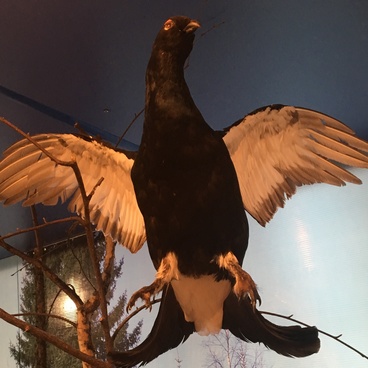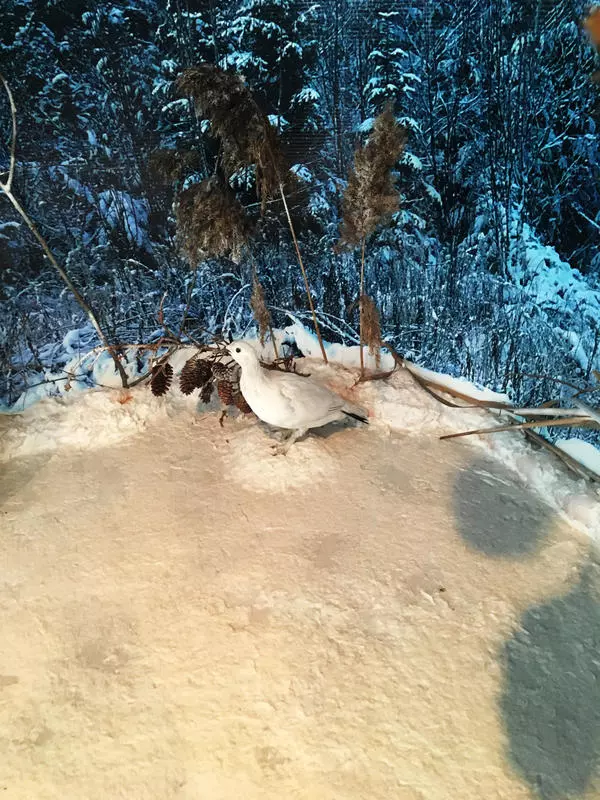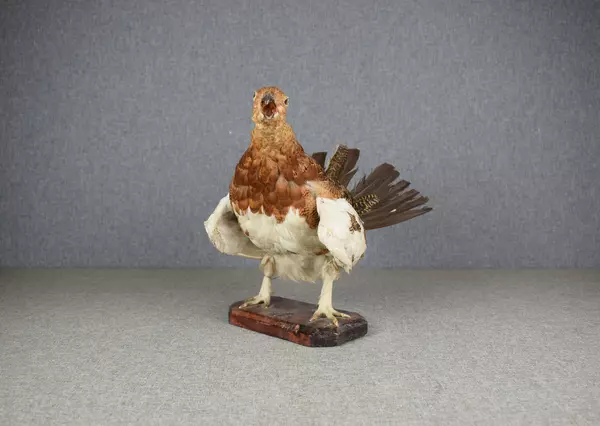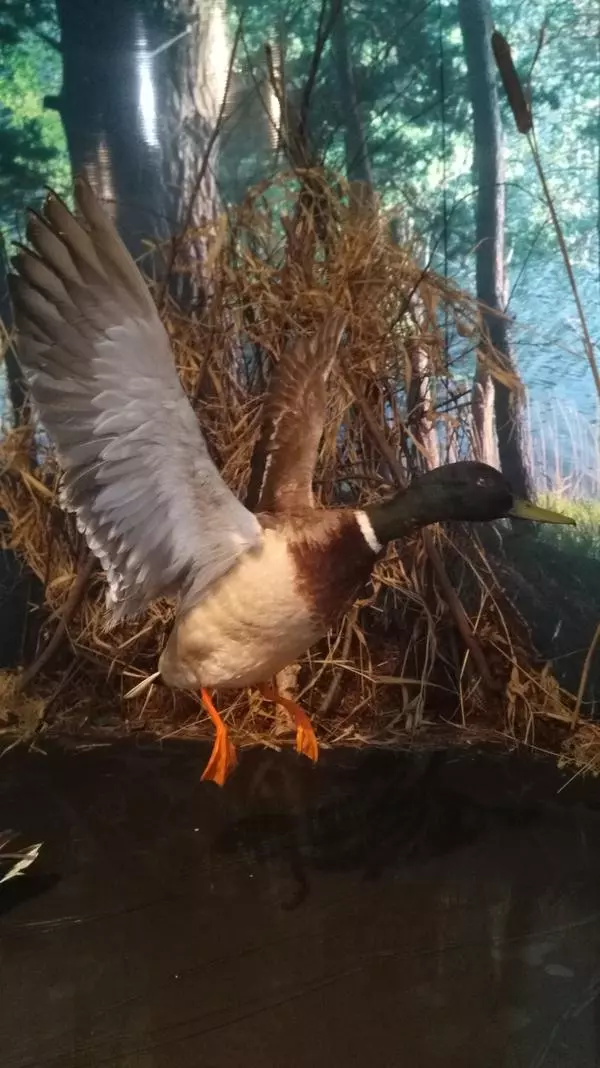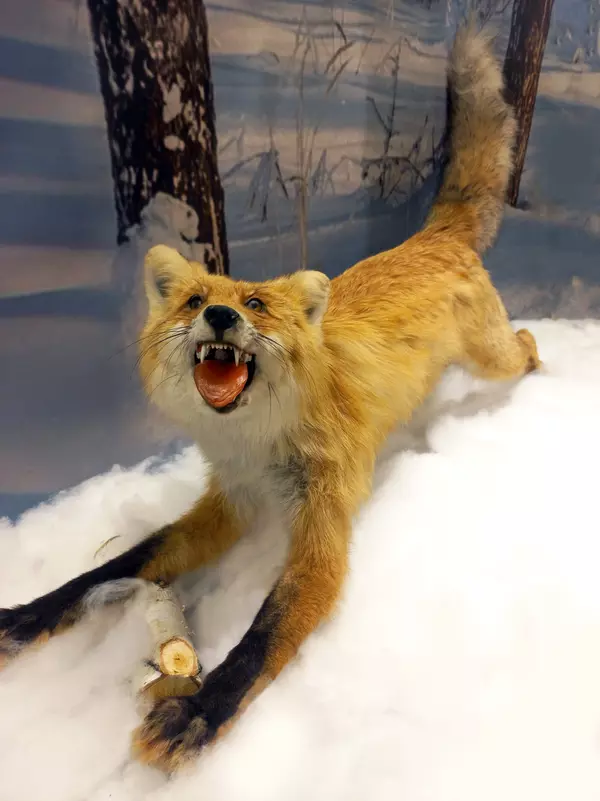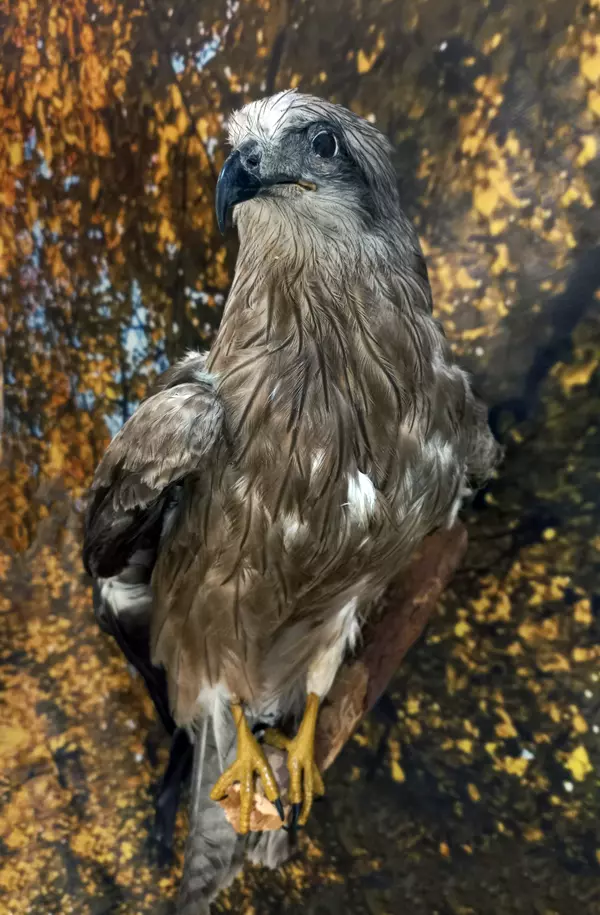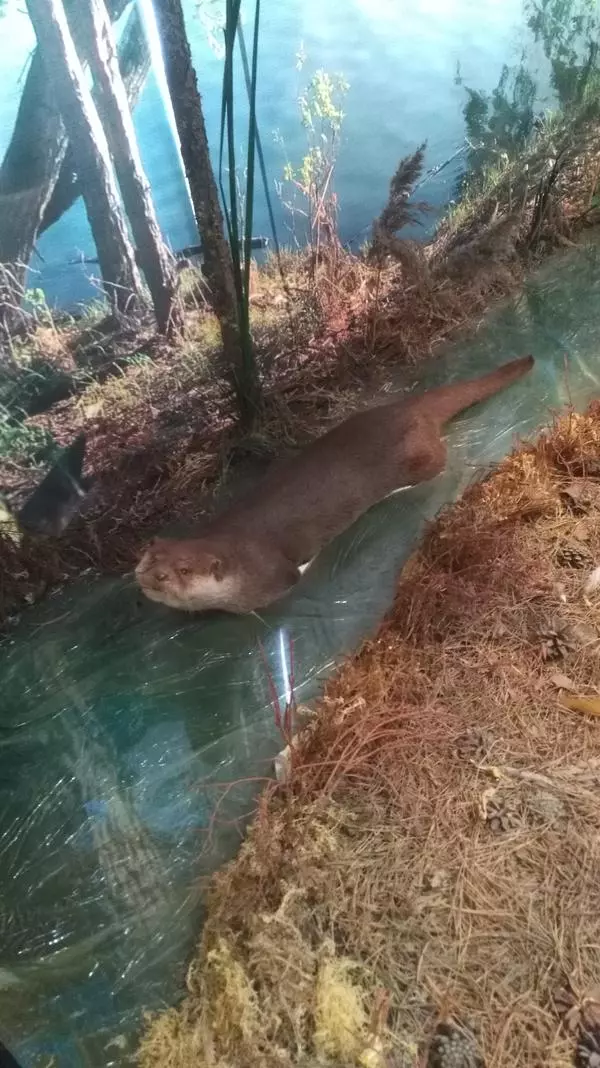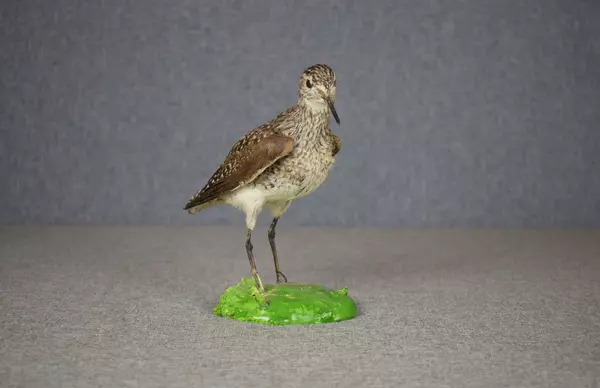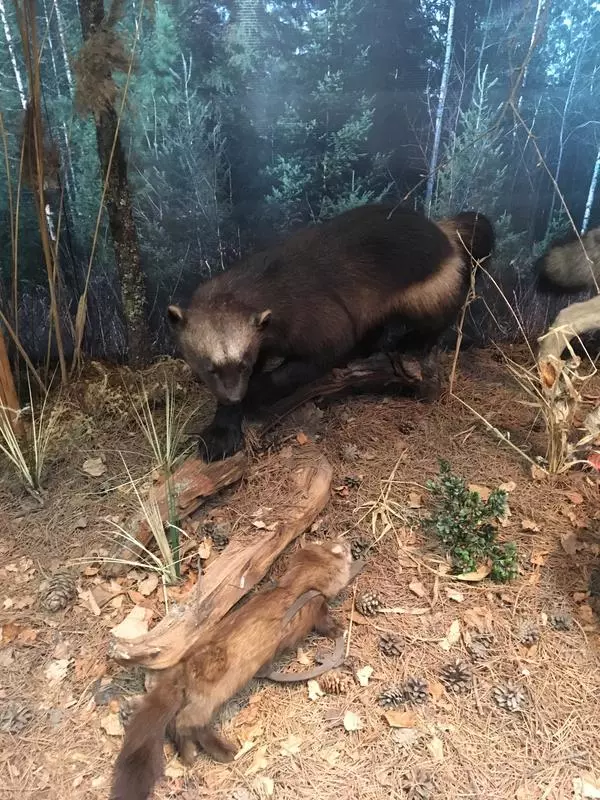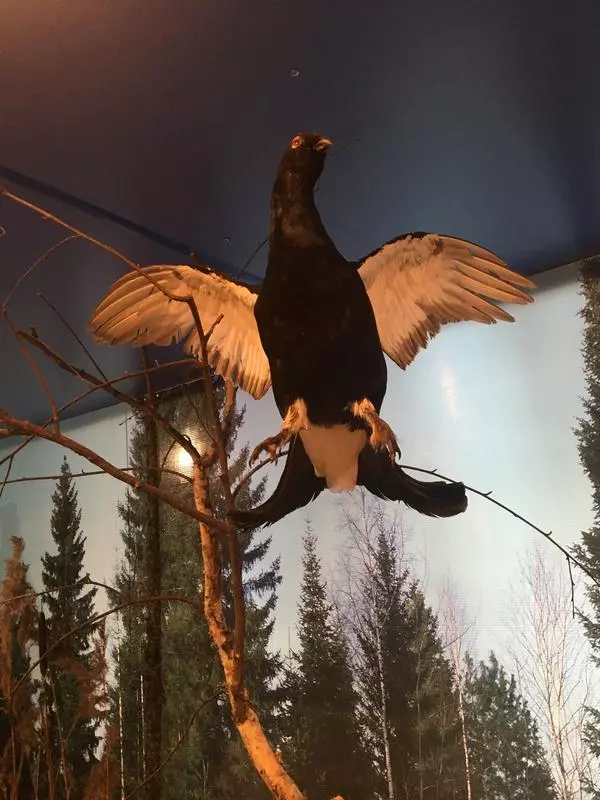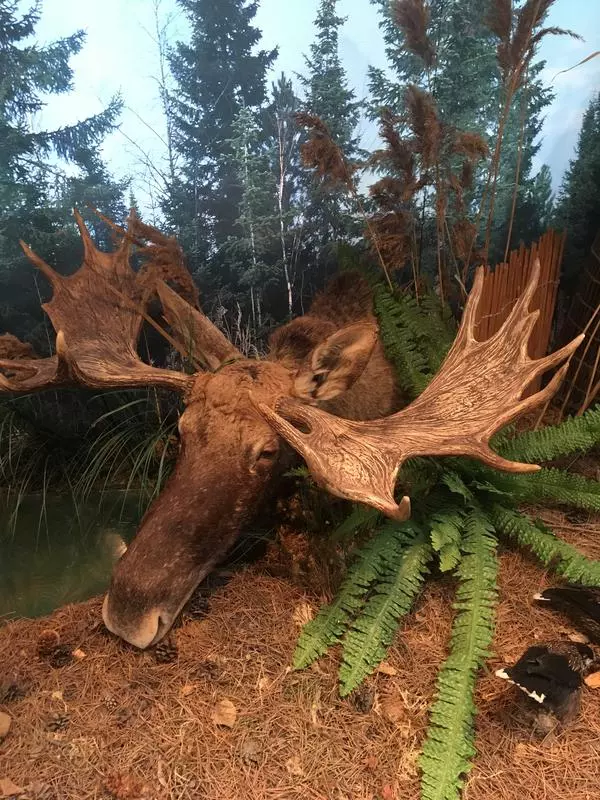Pike is the largest freshwater predator of its family. Its Latin name is Esox lucius.
The pike’s body has an elongated, swept shape. The colour of the fish is variable and depends on the environment: it can be greenish, yellowish or brown. In some lakes, silver pike are found. In ponds with a large number of small fish, pike can reach impressive sizes — be up to one and a half meters in length and weigh up to 35 kilograms.
Legends have been circulating about pikes in the Uvat Municipal District. Even the first employees of biological stations, observing the muskrat population on Demyanka, asserted that large pikes hunted this animal on dead arms of the river and seriously reduced its population.
In any reservoirs, pikes give preference to fairly dense and very well overgrown thickets of aquatic vegetation. As a rule, the predator simply stands motionless for a long time waiting for its prey. Once it has seen a suitable victim, it gives a quick and fairly sharp jerk. Pikes always swallow caught prey exclusively from the head, even if they grab it across the body.
The basis of pike nutrition is fish: roach, perch and ruff, scavenger and gudgeon, char and minnow. This water predator is merciless and does not disdain even representatives of its species — a pike is able to eat a fish the size of half its own body. In spring or early summer, the predator eagerly eats frogs and crustaceans. Furthermore, pikes can also hunt birds — not only small waders, but also large ducks.
Pike is a common object of fishing for the peoples of the North, but they do not consider it a fish. There is even a saying about catch: “There is no fish, there is pike.” According to the beliefs of some peoples, pike is an underwater beast that can grow into a real monster. Many legends and superstitions are associated with this fish. Among Siberian Tatars, for example, there is a ban on eating pike for the reason that one of the bones in the fish’s head resembles a cross. For a long time, the pike was even a character of folk plots: for example, in the fairy tale By the Pike’s Command, this particular fish becomes the magical assistant of the main hero.
The pike’s body has an elongated, swept shape. The colour of the fish is variable and depends on the environment: it can be greenish, yellowish or brown. In some lakes, silver pike are found. In ponds with a large number of small fish, pike can reach impressive sizes — be up to one and a half meters in length and weigh up to 35 kilograms.
Legends have been circulating about pikes in the Uvat Municipal District. Even the first employees of biological stations, observing the muskrat population on Demyanka, asserted that large pikes hunted this animal on dead arms of the river and seriously reduced its population.
In any reservoirs, pikes give preference to fairly dense and very well overgrown thickets of aquatic vegetation. As a rule, the predator simply stands motionless for a long time waiting for its prey. Once it has seen a suitable victim, it gives a quick and fairly sharp jerk. Pikes always swallow caught prey exclusively from the head, even if they grab it across the body.
The basis of pike nutrition is fish: roach, perch and ruff, scavenger and gudgeon, char and minnow. This water predator is merciless and does not disdain even representatives of its species — a pike is able to eat a fish the size of half its own body. In spring or early summer, the predator eagerly eats frogs and crustaceans. Furthermore, pikes can also hunt birds — not only small waders, but also large ducks.
Pike is a common object of fishing for the peoples of the North, but they do not consider it a fish. There is even a saying about catch: “There is no fish, there is pike.” According to the beliefs of some peoples, pike is an underwater beast that can grow into a real monster. Many legends and superstitions are associated with this fish. Among Siberian Tatars, for example, there is a ban on eating pike for the reason that one of the bones in the fish’s head resembles a cross. For a long time, the pike was even a character of folk plots: for example, in the fairy tale By the Pike’s Command, this particular fish becomes the magical assistant of the main hero.
